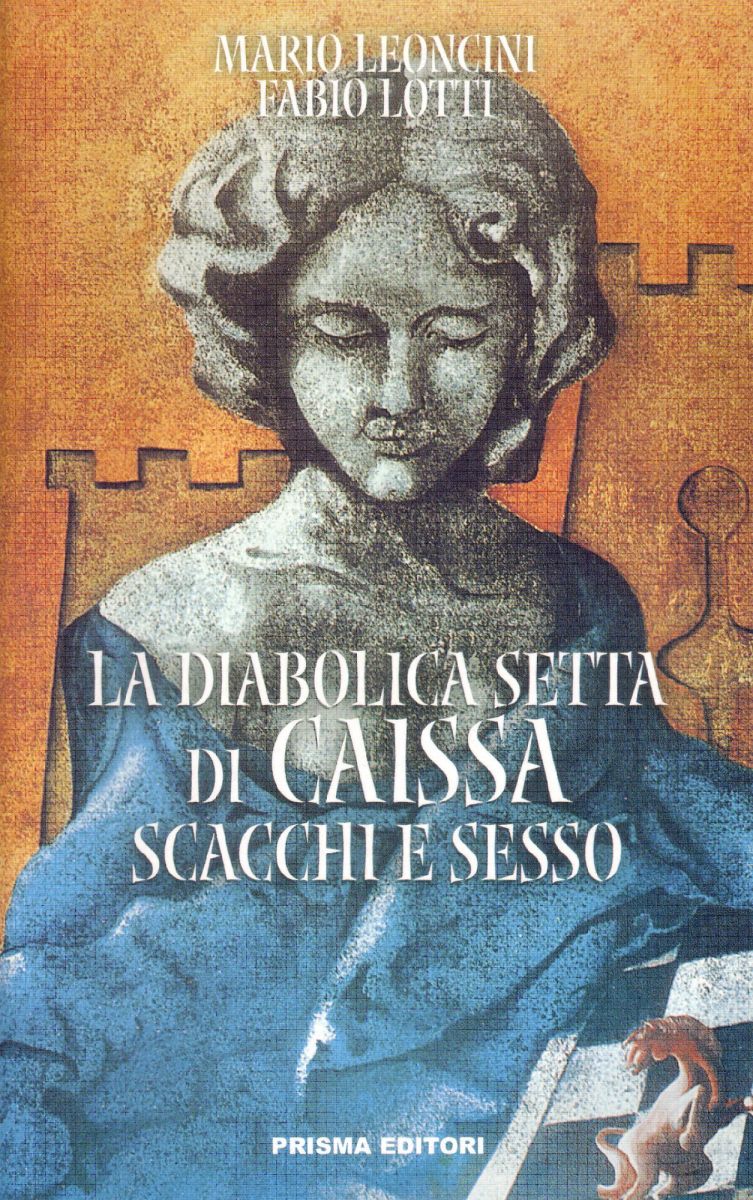What the experts think
The most prestigious contemporary scholars now agree that modern chess originated in Valencia and have stated their opinions and acknowledgement of this fact in numerous works of reference.
We provide quotes reflecting this from some of the most significant studies, in which can be appreciated the agreement that has been reached in both chess and historical circles: the origin of chess in Valencia is an undisputed fact..
MARILYN YALOM (Stanford University)
YALOM, Marilyn. Birth of the Chess Queen. London, Pandora Press, 2004, pp. 193-196. ISBN:0 863584446.
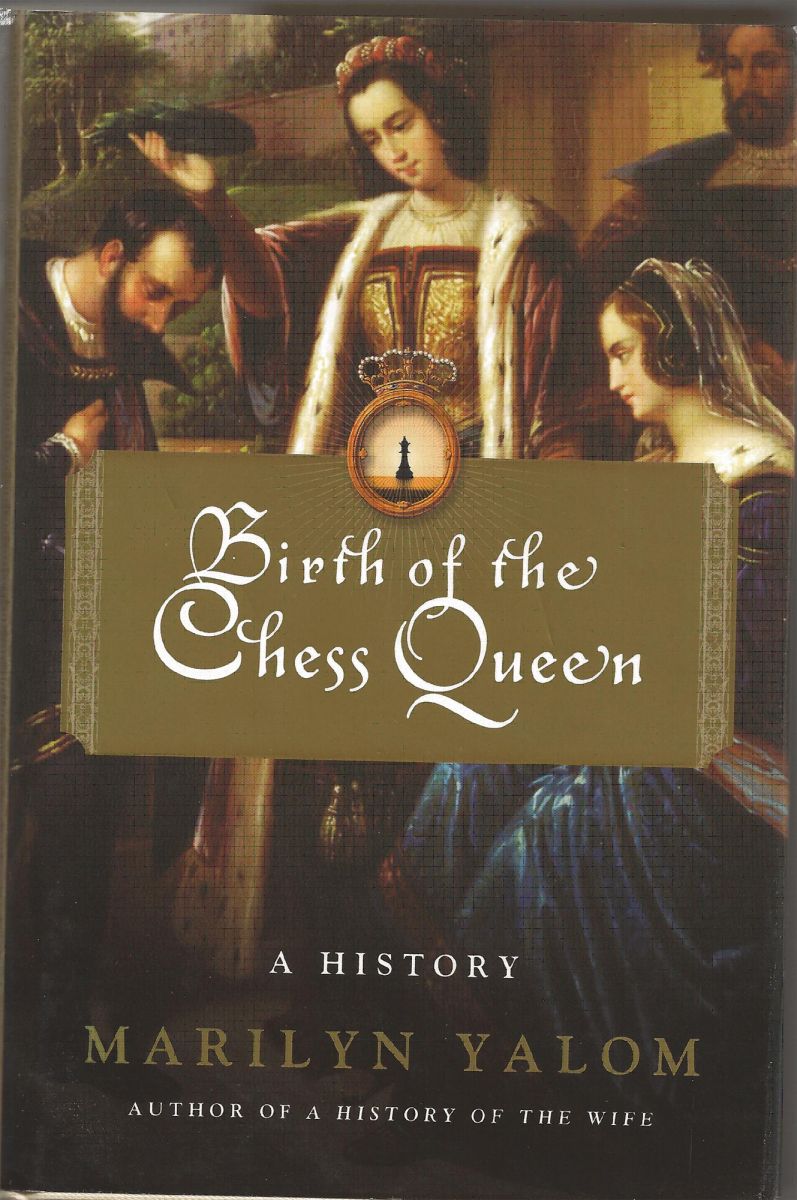 |
Extract: (p. 193) “The New Queen in “Love Chess”:
The first evidence of the chess queen´s new preeminence can be found in a Catalan poem titled “Love Chess” (“Scachs d´amor”) written sometime between 1470 and 1480 (…) In the course of the poem, Fenollar provided information about the chess queen that probably reflected the high esteem enjoyed by Queen Isabella (…); (p.194) Dama was also coopted as the Spanish name for the game of draughts, probably invented in the period between 1492 an 1495 and, like chess, linked to the prestige of Queen Isabella (…);
Extract: (p. 195): In addition to the manuscripts of “Love Chess”, two printing books outlining the chess queen´s newly acquired moves also appeared in Spain at the end of the fifteenth century. The first, The Book of 100 Chess Problems (Libre dels jochs partits dels schachs en nombre de 100), was published in Valencia in 1495 under the authorship of a certain Francesch Vicent (…), p. 196: Lucena´s book centered around one hundred and fifty chess problems, which were equally divided between old and new chess. Most of these problems were probably taken from Vicent´s earlier book of one hundred problems”.
|
GARETH WILLIAMS (England)
WILLIAMS, Gareth. “Collector´s Corner. The Return of Francesch Vicent. The History of the Birth and Expansion of Modern Chess”. Chess, London, August 2006, vol. 71, no. 5, pp. 18-19.
|
The great English historian thus concludes his scholarly article published in the Chess journal as follows: “The Return of Francesch Vicent represents a tremendous breakthrough in the realms of chess history. Through persistent study and generous sharing of historical research this publication provides proof that a remarkable man, Francesch Vicent, penned the first treatise on the present day rules of chess and it was published in the City of Valencia on 15th May 1495”.
|
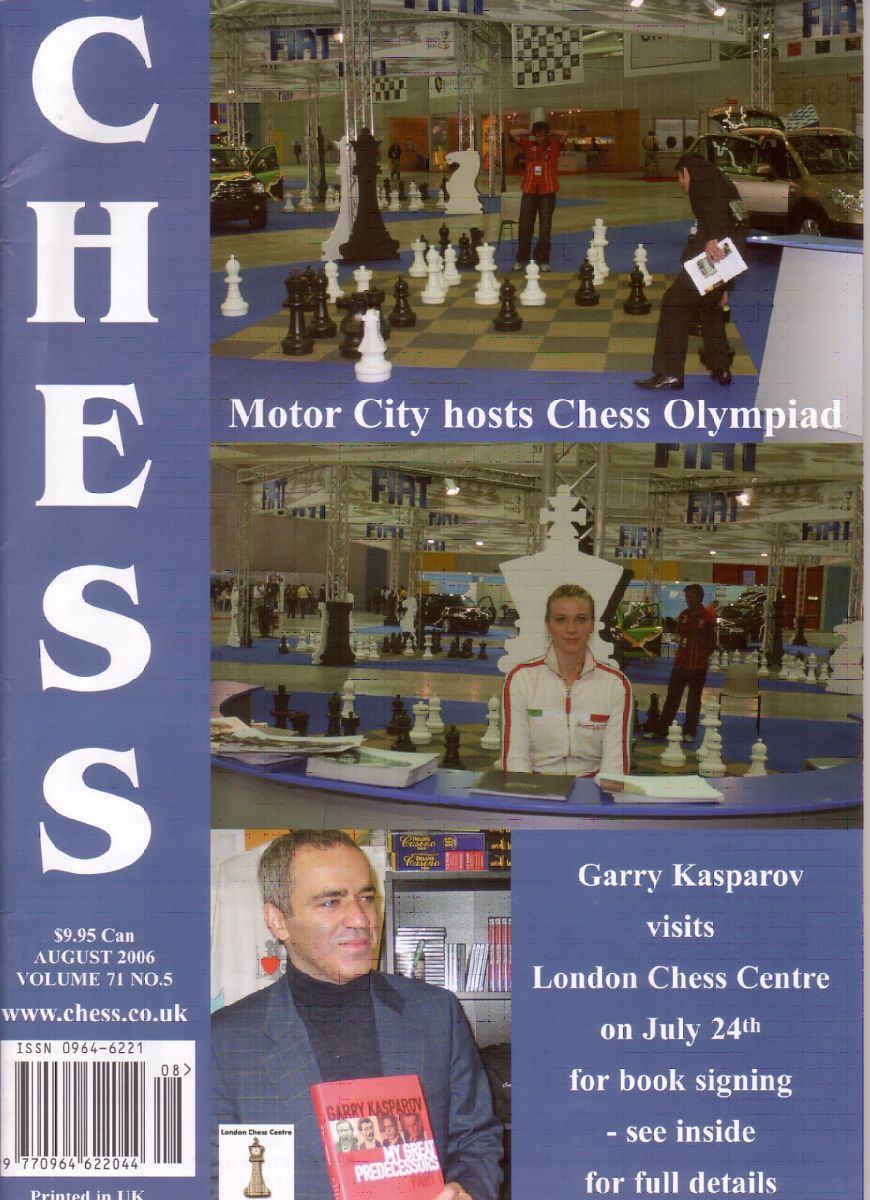 |
YURI AVERBAKH (Russia)
AVERBAKH, Yuri. “Zagadka utrachennoy khigi, Nauka i Zhizn (Science and Life), Moscow 1985, pp. 137-141. The article was translated into Spanish: “The mystery of the lost book”, International Chess Journal, No. 65, February 1993, pp. 40.
AVERBAKH, Yuri .“How to catch a black cat in a dark room”, International Chess Journal, No. 78, March 1994, pp. 42-46.
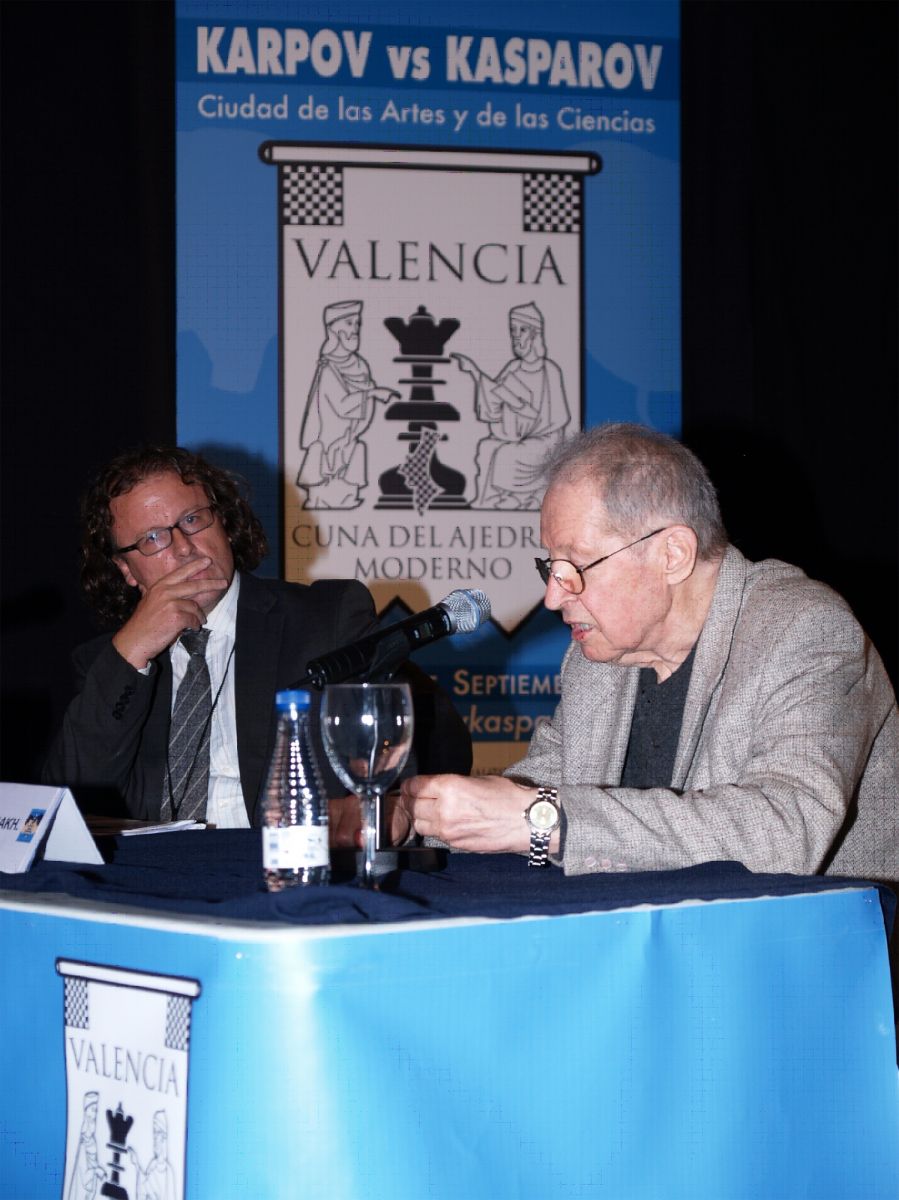 |
The great Russian master, who is doubtless the most significant contemporary scholar of the history of chess, has the honour of having promoted the vindication of Francesch Vicent’s book (Valencia, 1495). He has shown convincingly that the works of Lucena and Damiano took modern chess problems from Vicent’s book. It is for this reason that Averbakh proposes that the name of Vicent should be associated with these initial arrangements of the new chess, hailing the man from Segorbe as the first arranger of new chess and his book as the first chess treatise published in the world with the great reform of play explained in its pages.
His historical reconstruction of the book was published in 1985 and would be fully vindicated after Garzón (2005) had studied the Cesena manuscript, a codex that had been copied from Vicent’s book.
Finally, mention should be made of his brilliant lecture (see photograph) on Vicent’s book and the full documentary confirmation of his ideas; it was given in Valencia on 23rd September 2009 as part of the “International Symposium on the History and Culture of Chess. Valencia, the Birthplace of Modern Chess”.
|
ALESSANDRO SANVITO (Milan, Italy)
Libro del quale si tratta della maniera et modo di giocare a scacchi di Orazio Gianutio. L´inedito manoscritto del più antico libro italiano di scacchi sulla teoría del gioco. Brescia: Messaggerie Scacchistiche, 2011, pp. 67 and 69-70. ISBN: 978-88-904411-7-2
|
Extract (p. 67): “È sempre stato difficile stabilire se questo nuovo, e diverso modo do giocare agli scacchi fu dovuto ai giocatori italiani, francesi o spagnoli, ma oggi vi sono fondate ragioni per credere che il merito di questa innovazione sia da attribuire agli spagnoli" (Sanvito quotes from the works of Calvo, Meissenburg, Monté, Westerveld/Garzón, and Garzón).
Extract (p. 69) “Uno dei più grandi studiosi dell´Ottocento fui il barone von der Lasa, il quale dedicò un intero capitolo al “grandecambiamento”, ma per quel che concerne la data si limitò a dichiarare che il “fatto” accadde attorno al 1475. Sulla stessa linea dello studioso tedesco —ma solo per chel che riguarda la datazione— si è trovato il ricercatore spagnolo Garzón; egli infatti si spinse oltre informando che il noto poemetto chiamato Scachs d´Amor è databile anch`esso attorno al 1474-1475, anno, quest´ultimo, della incoronazione della Regina Isabella, e giustifica l´affermazione segnalando che si tratta del testo che describe per la prima volta la mosse della Donna negli scaccchi moderni”.
|
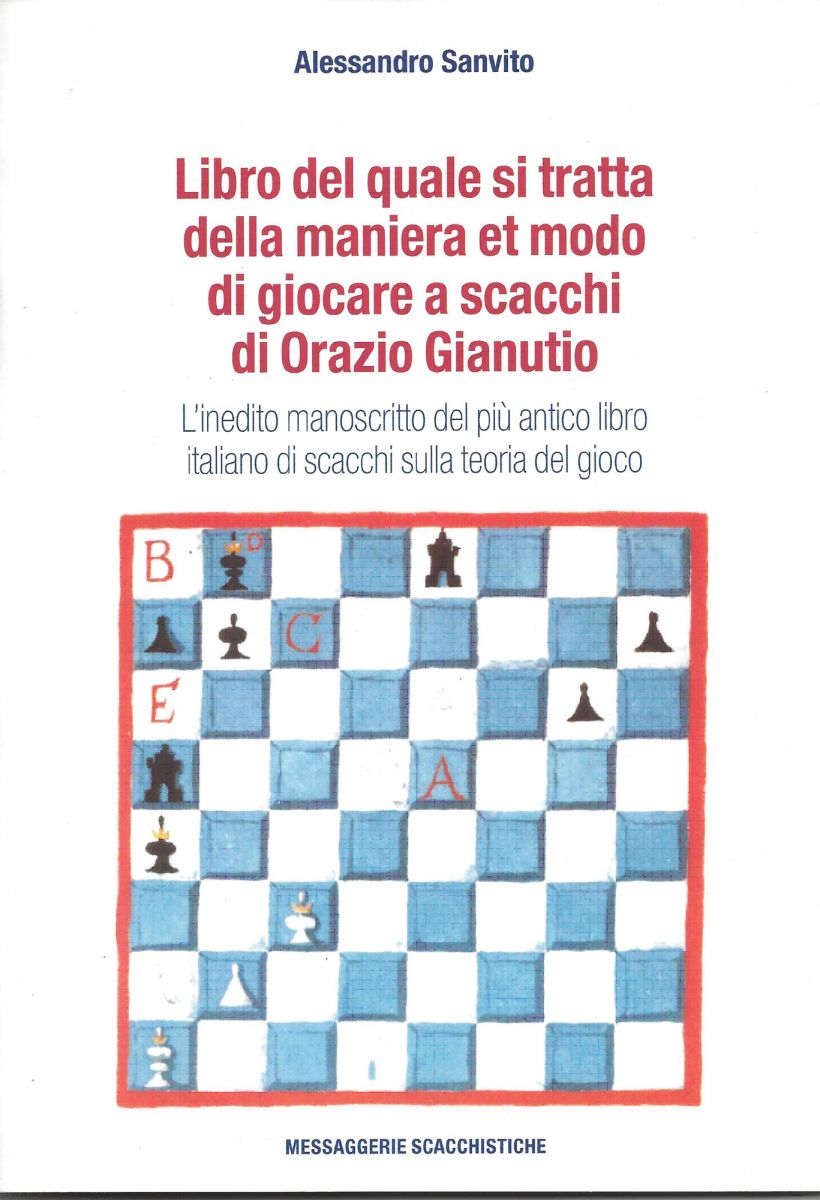 |
DAVID LEVY and KEVIN O'CONELL
Oxford Encyclopedia of Chess Games. Vol, I, 1485-1866. Oxford University Press, 1981, p. Match 1. ISBN: 0-19-217571-8.
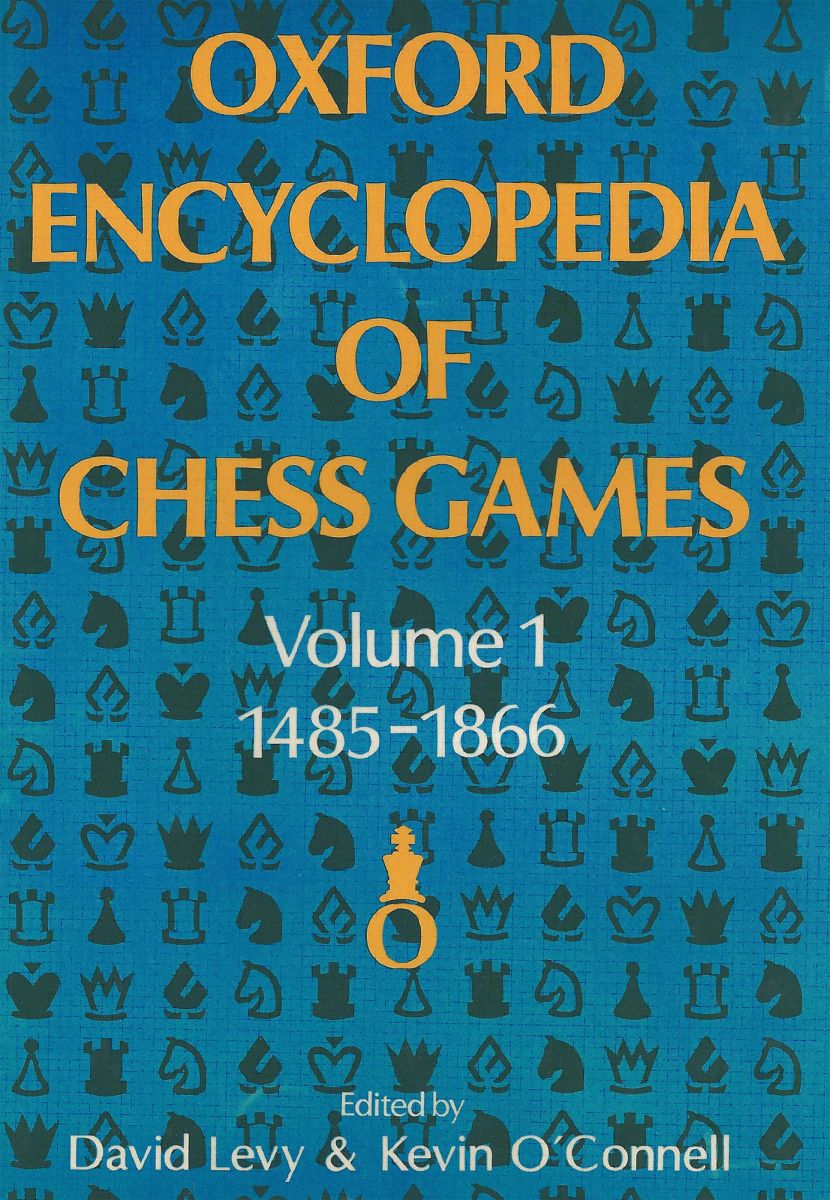 |
The prestigious Oxford University publication starts its collection of modern chess matches with that between Castellví and Vinyoles, which is the only one featured from the 15th century. On p. 1 the date “14??” is given, but as the volume itself covers the period from 1485-1866 the earlier date is that given to the match, which is now generally considered by scholars to have taken place in 1475.
|
DIEGO D´ELIA (Naples, Italy)
Various authors. Gli scacchi di Luca Pacioli. Evoluzione rinascimentale di un gioco matematico. Sansepolcro: Aboca Museum Edizioni, 2007.
|
Extract (p. 27): “La più antica fonte finora nota circa l´adozione di queste nuove regole è tradita dal cod. Barcellona, Biblioteca de Catalunya, AFMP, Hobra Jntitulada Scachs d´Amor, feta per Don Françi de Castelví e Narcís Vinyoles e Mossen Fenollar (...) pubbicato integralmente da Ricardo Calvo e recentemente rivalutato e riportato alla giusta luce da Govert Westerveld e soprattuto da José Antonio Garzón”.
|
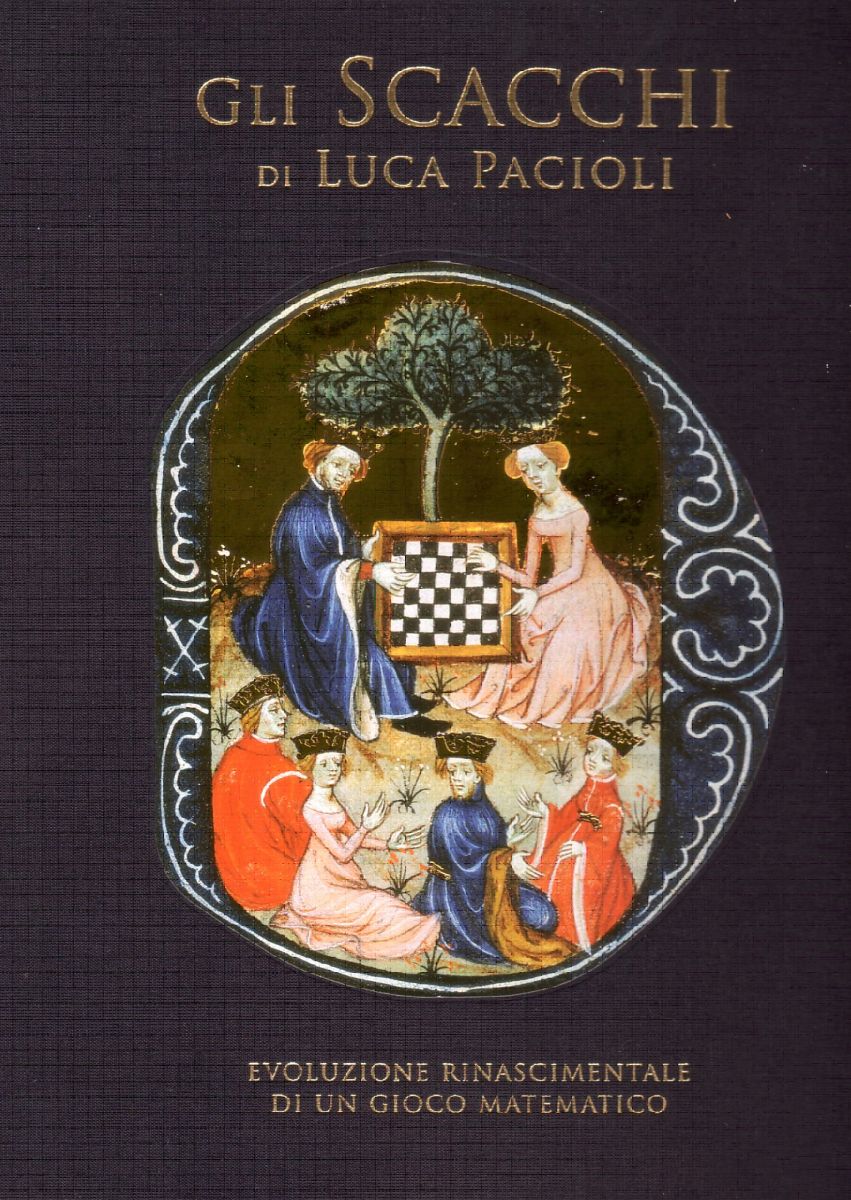 |
Mario Leoncini (Italy)
LEONCINI, Mario. La diabólica setta di Caissa. Scacchi e sesso. Roma: Prisma Editori, 2006. ISBN: 88-7264-097-0
DAGOBERTO L. MARKL (Portugal)
MARKL, Dagoberto. “O tratado jogo do xadrez da Biblioteca Pública de Évora. Um contributo para a História do Xadrez em Portugal”. Callipole, Revista de Cultura, nº 12, 2004, pp. 285-298.
|
The great Portuguese scholar clarifies the primacy of Vicent’s book at the beginning of his article:
Extract (p. 285): “1. O XADREZ EM PORTUGAL. NO SÉCULO XVI. A SU HISTÓRIA E SIMBOLISMO. No anno de 1495 é impresso em Valência o primeiro incunábulo em que se revela o xadrez moderno tal como hoje é jogado no esencial. Trata-se do Llibre dels jochs partitis dels schachs en nombre de 100. Ordenat e compost per mi Francesch Vicente nat en la ciutat de Segorb é criat é vehi de la insigne é valerosa ciutat de Valencia” (...) A innovãçao das reglas do xadrez divulgadas no tratado de Vicent baseava-se, principalmente, na ateração dos movimentos da Dama e do Bispo (...) Há, todavia, um outro facto relevante nesta renovação do xadrez originada em Espanha. Vive-se o período em que Isabel, a Católica (1474-1504), casada com Fernando de Aragão, desempenha um papel primordial na política do seu país. Uma mulher assume um papel político de trascendência e isto coincide com o novo movimiento da Dama (Rainha)”.
|
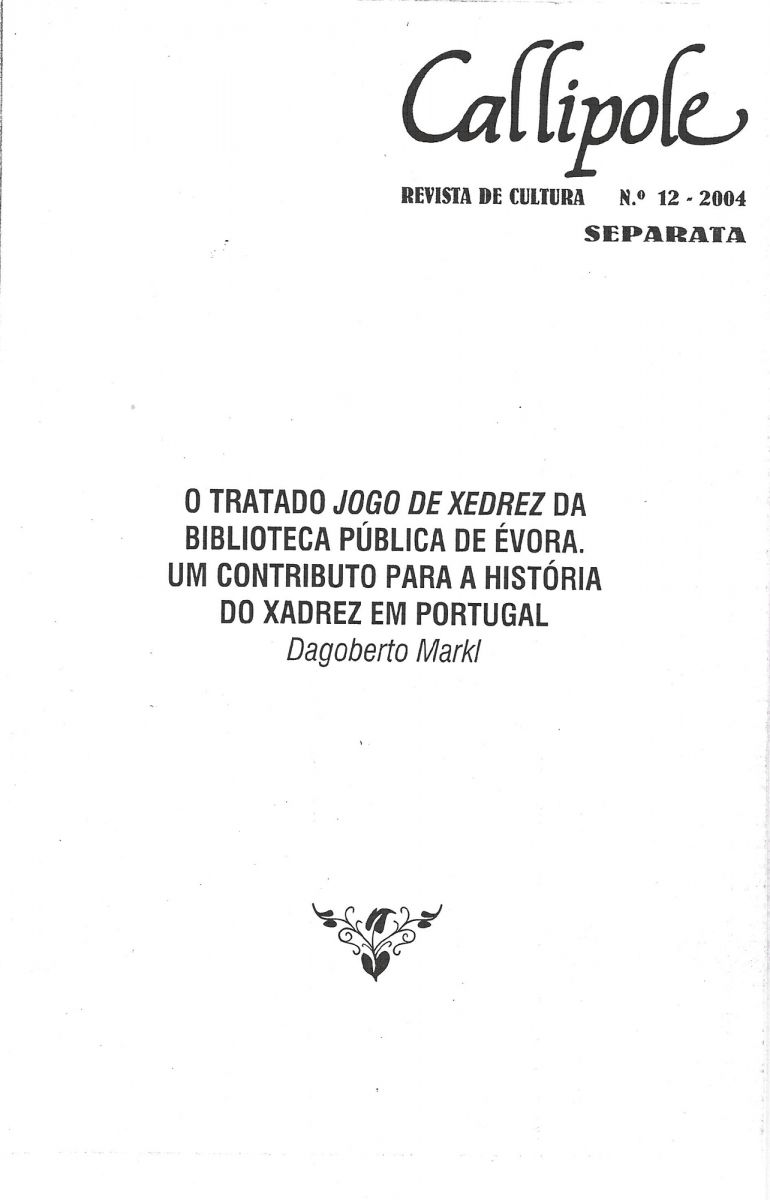 |
Dr. PETER J. MONTÉ (Netherlands)
MONTÉ, P.J. “Vicent reconstructed? August-November 2001. Published in Chess Collector 11, no. 1, 2002.
The reconstruction of Vicent’s book by the Dutch scholar derives from and virtually converges with that of Averbakh; it confirms that Vicent’s book is the source of the modern chess problems of the later works of Lucena and Damiano.
FRANCO PRATESI (Florence, Italy)
PRATESI, Franco. “Vicent, fantomatico ma prevedibile”. L´Italia scacchistica, no. 1048, marzo de 1993, pp. 69-71.
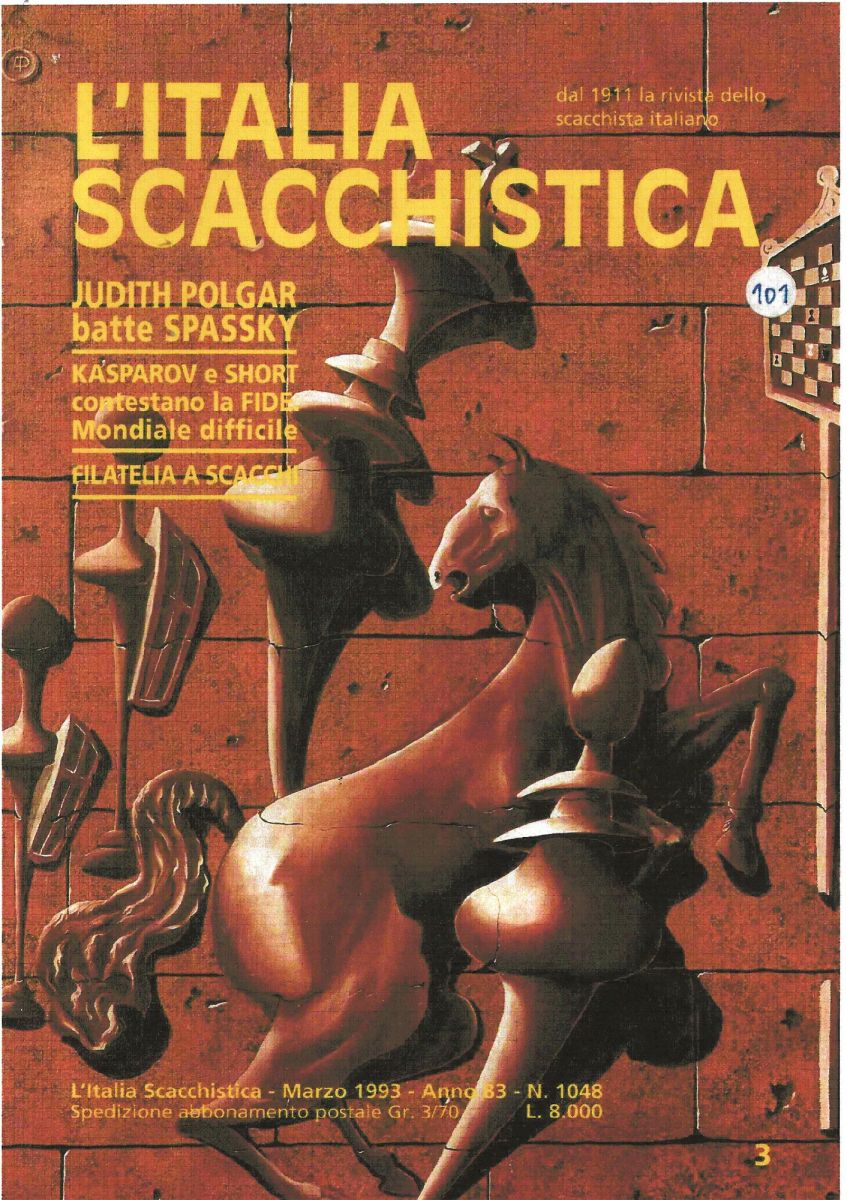 |
Professor Pratesi, the great Florentine scholar, was initially sceptical but in the following article anticipates his revised opinion by reason of Averbakh’s persuasive work. Fate had reserved a special place for Pratesi as it was he who found the Cesena manuscript in 1995 in which after five long centuries Vicent’s book finally appears with the original text in Valencian to fully confirm Averbakh’s study.
Extract (p. 70): “Ho potuto recentemente accertarmi che almeno nelle grandi linee la ricostruzione di Averbakh è del tutto plausible (devo ammettere che il mio primo approccio è stato di scetticismo, e ringraziare Averbakh per lo scambio di opinioni su alcuni dettagli). Adesso riconosco che gran parte dei cento finali di Vicent potevano essere basati sui nuovi scacchi. L´autore avrebbe introdotto una specie di classificazione elecando prima i finali in due mosse, poi quelli in tre, e così via fino a dieci mosse. All´interno di questi gruppi sarebbero stati mantenuti alcuni finali composti secondo la vecchie regole. In tutto, quelli “nuovi” sarebero circa 84, con i 16 (o un numero vicino) composti secondo le vecchie regole”.
|
The following article is more important still as it shows how he has changed the stance he defended in previous studies regarding the dating of the Florentine codex known as It., rejecting the idea that it could be a contemporary text of Scachs d´amor::
PRATESI, Franco. “Socius, Civis, et Alii”. Festschrift für Egbert Meissenburg. Siegfried Schönle (ed.). Refordis: Vienna, 2008, pp. 557-567.
This is a revised version of a study published in 1999. Professor Pratesi’s independence and rigour as a researcher can be seen from an important note at the end of the article:
Extract (p. 566): “All the time, I was convinced that the Florentine Malabechiano manuscript (known to scholars as “ms. It.”) was older than both manuscripts of Cesena and Perugia. After having read Garzón´s work (he quotes from the Spanish and English editions of El regreso de Francesch Vicent, 2005), I am now ready to accept that the order has to be reversed”.
DAVID SHENK
Shenk, David. The Immortal Game. A History of Chess. Doubleday: New York, 2006. Spanish edition by Turner Publicaciones, Madrid, 2009.
|
Shenk indicates regarding the double pawn advance:
Extract (p. 77): “it was not standardised until about 1475 when the changes in the movements of the bishop and the queen were generally introduced”; he later quotes from Yalom to specify the place and the causes of the reform.
Extract (p. 78): “This could have been the idea of those Valencia chess players who gave the queen such extensive new powers of movement (...). All in all it is likely that those Valencia chess players unconsciously redesigned the queen as a piece inspired by the all-powerful Isabel”.
|
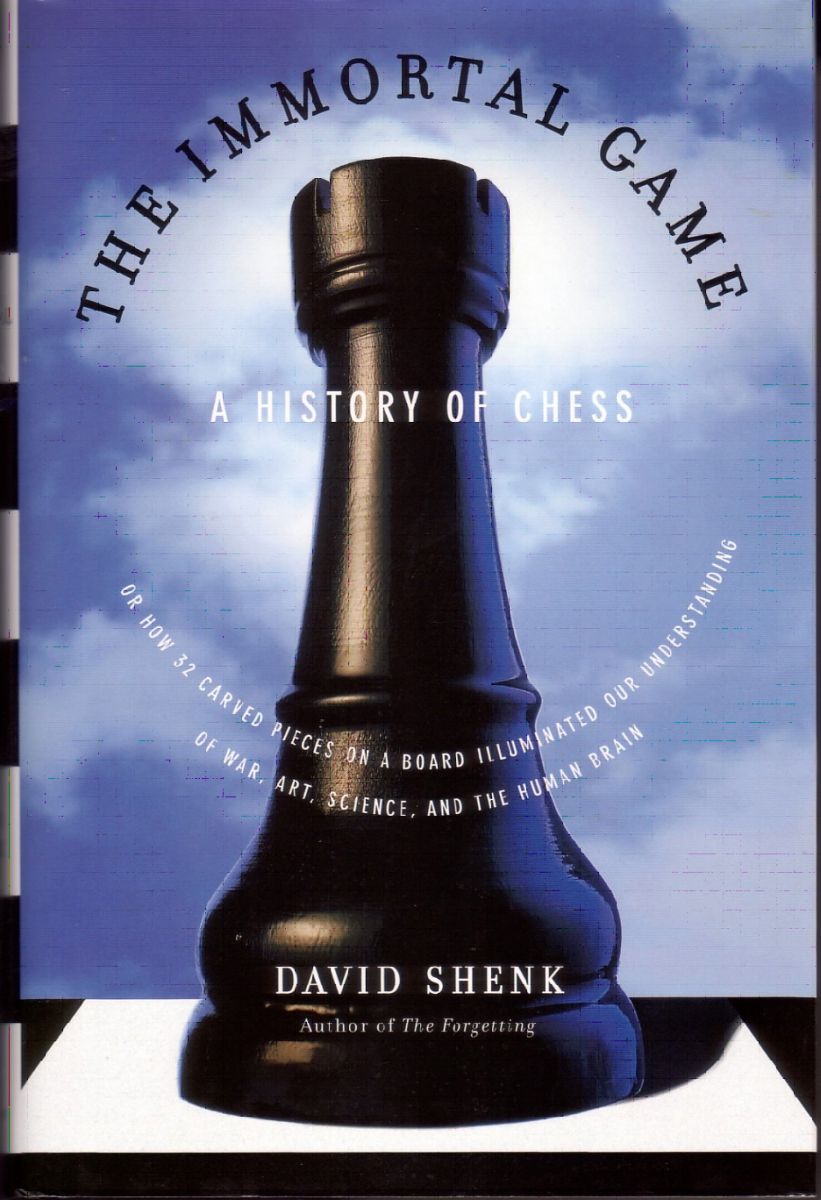 |
H. J. R. MURRAY (England)
MURRAY, H.J. R. A History of Chess. Oxford University Press, 1913 (The work has been reprinted several times).
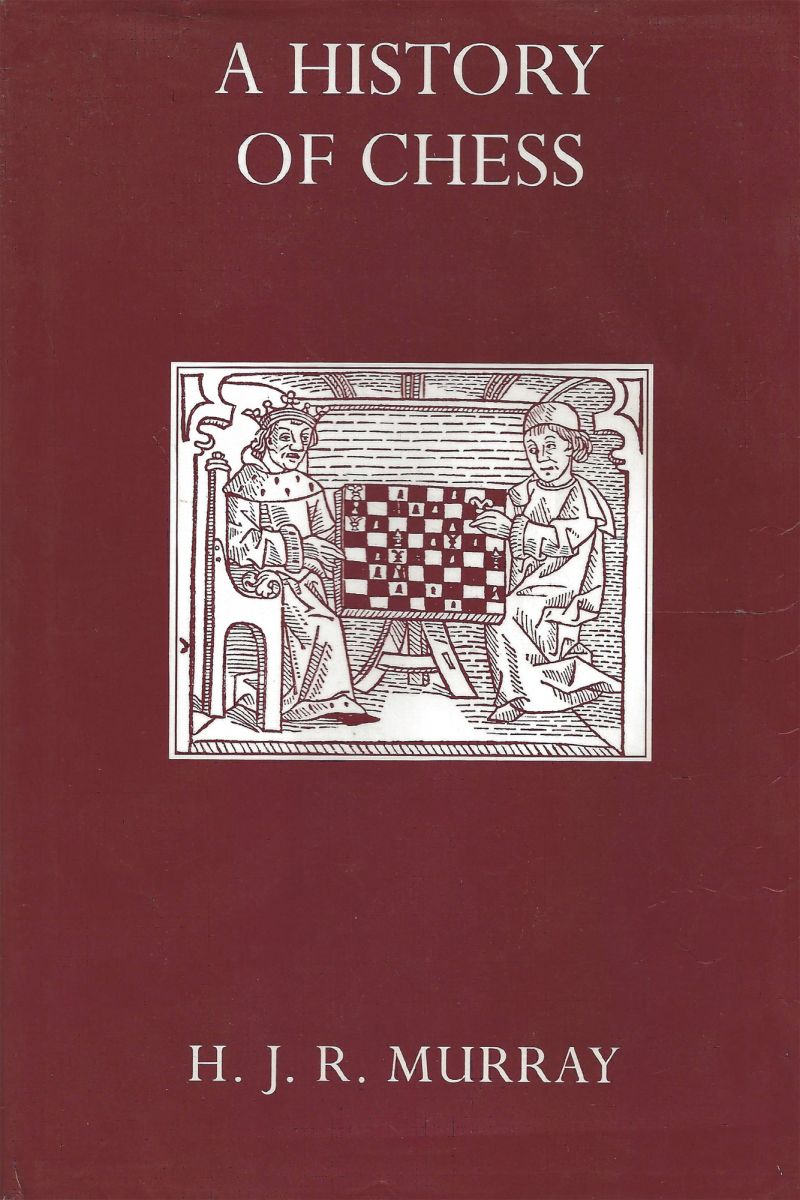 |
The great English historian was the first to have the opportunity to clarify the origin of modern chess in this his best known work. As news of the discovery of the Scachs d´amor poem reached him with the book virtually at the printer’s, he decided to leave the matter open.
However, he does study the manuscript (p. 781) predating the Göttingen manuscript and Lucena’s book and thus defines his position as to its precedence, as he acknowledges their importance in future works.
|



